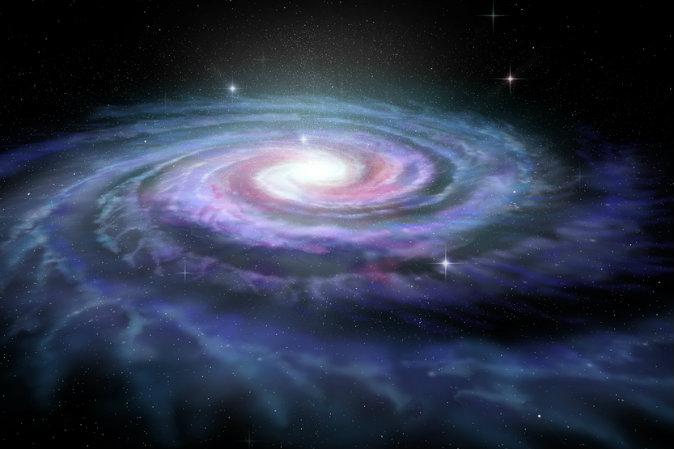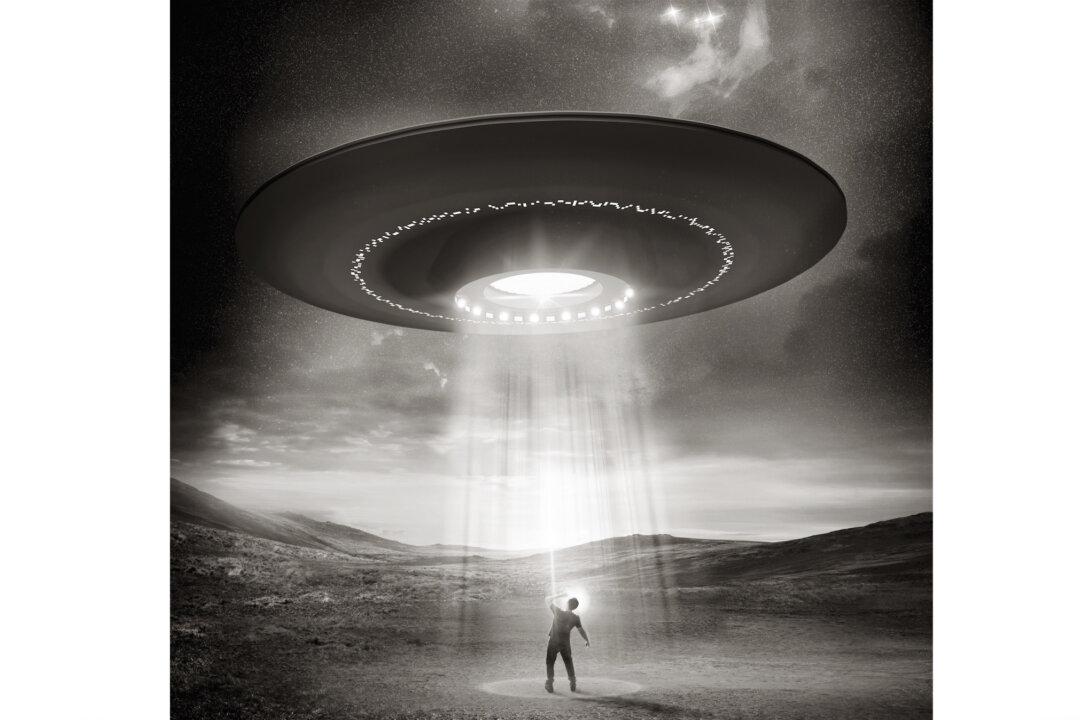NASA’s Voyager 1 space probe reached beyond our solar system’s boundary last year, and it’s set to rendezvous with a star named AC+79 3888—in about 40,000 years. It may seem like a long time, but imagine an alien race that’s 40,000 years ahead of us in technological development.
What if that race sent out a probe 40,000 years ago? Could we be at the receiving end of similar attempts at space exploration? What if that race had a million-year head start on humanity?
University of Edinburgh professors Arwen Nicholson and Duncan Forgana have pondered such questions and formulated some related theories.
They published an article in the International Journal of Astrobiology last year explaining techniques that could dramatically cut down the time needed to send probes far and wide. They also said it is not only possible that aliens could reach our solar system with such probes, but they may have even done so a very long time ago. And this may be ongoing, with several different alien cultures sending probes at the same time.
Furthermore, the probes could be so advanced we would not even be able to detect them. Just because we haven’t seen the probes, said the mathematicians, doesn’t mean they haven’t arrived.
According to Albert Einstein’s relativity theory, it is impossible to travel faster than the speed of light, and this has led some to question how aliens could reach our planet within any reasonable amount of time if they live so many light-years away.
Some scientists have begun questioning Einstein’s relativity theory, though it still provides the prevailing framework for understanding cosmic motion. Even within the bounds of this theory, said the researchers, space travel could be much quicker than previously thought.
Nicholson and Forgana theorize that probes could slingshot themselves around cosmic bodies using the gravitational forces of those bodies. This slingshot maneuver, combined with an ability to self-replicate, could allow alien civilizations to probe the entire Milky Way galaxy within 10 million years without going faster than the speed of light, according to their calculations. Actually, the probes would only need to go 10 percent of the speed of light to accomplish this.
It may seem that 10 million years is still a completely unreasonable time span, but considering the enormity of the galaxy and the great time span of all of cosmic history, it’s really quite short.
The two professors built their theory upon the work of mathematician and physicist John Von Neumann, who first postulated the model of the self-replicating machine in the 1940s.
The concept of the self-replicating, Voyager-like probe follows the idea that a probe is sent to a distant star system, and once it arrives, it collects the necessary resources needed to construct another probe. Once the new probe is finished, it would move onto another system while the parent would stay at its destination and complete its mission.
Visit the Epoch Times Beyond Science page on Facebook to continue exploring the new frontiers of science!
*Image of Earth and the Pleiades star cluster via Shutterstock




